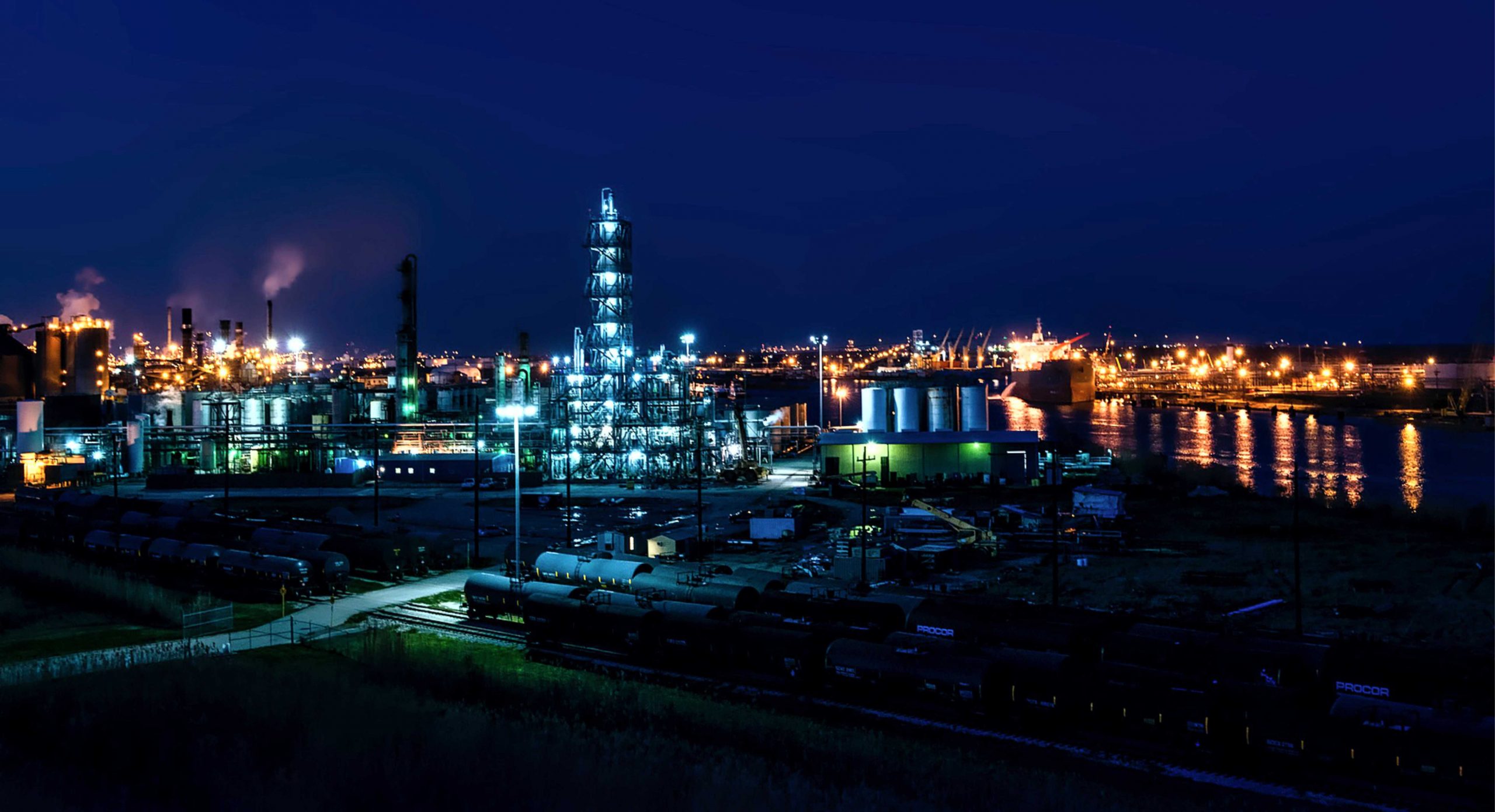
- Significant continued growth is expected in U.S. propane production, associated with continued increases projected in Permian production. IHS Markit research points to a 300,000-b/d increase in U.S. propane production by end-2019, pushing the total to near 2 million b/d by the start of 2020, a new record.
Domestic propane demand is expected to flat-line, and the amount of propane the U.S. can export appears “capped.” Weekly propane-propylene export statistics published by the U.S. Energy Information Administration (EIA) show U.S. shipments hitting 1 million b/d for the first time in September 2016. The weekly figure has crossed this milestone on a handful of occasions since, but it seems to have trouble getting past 1.1 million-1.2 million b/d.
Growth in production and flat demand would contribute to a build in U.S. propane inventories through 2019. IHS Markit projections call for U.S. propane stockpiles of 78 million bbl in December 2019, compared with around 68.5 million bbl at the end of 2018. - European LPG prices are expected to continue trading at strong discounts to naphtha through 2019 with more U.S. LPG due to hit global markets, keeping LPG in the petrochemical feedstock slate.
Propane came back into favor as a petrochemical cracker feedstock in 2018, once more enjoying heavy discounts to naphtha after a relative hiatus in 2H 2017.
Propane’s discount to naphtha in northwest Europe was continuously in the triple digits from February to June, sinking to a low of -$159/mt on April 24, a 25% discount to the heavier grade at the time.
“For Europe in 2019 and into 2020, we expect another period of low LPG prices relative to crude oil and naphtha, incentivizing strong price-sensitive cracking right through next winter,” said Keefer Douglas, director of NGLs in EMEA, IHS Markit.
“This is being driven by resurgent supply growth in the United States, coupled with somewhat slower demand growth in China. The resulting length in the market should keep plenty of propane and butane available in Europe.”
Douglas told OPIS he expects annual consumption totals in Europe in 2019 to be a little bit higher than in 2016, “but probably not much higher because crackers were already pushing against the ceiling then.”
In 2019, new LPG export flows will start at Marcus Hook when the delayed Mariner East 2 comes on line. The pipeline project, which links production in the Appalachian region to the East Coast terminal, is favorably positioned for exports to Europe and the Mediterranean.
Energy Transfer LP, the parent company of ME2 operator Sunoco, announced on Dec. 29 that the NGLs pipeline was in service. However, while flows have begun, sources told OPIS that volumes are limited so far, and more active NGL transportation through ME2 will begin in February. Initial volumes are expected to be thinner than the system’s nameplate capacity of 275,000 b/d, with estimates ranging from 80,000 b/d to 150,000 b/d.
OPIS understands that multiple contract holders have options to sell LPG at the rack for local distribution alongside rights to export volumes, another factor that may weigh on initial export volumes amid local winter demand in the U.S. Northeast. A European chemicals manufacturer is one of around six companies with a term contract out of Marcus Hook.
Still, a new sell tender from Marcus Hook was released in early January, serving as an indication of fresh supply coming through the pipeline.
New gas-based petrochemical plants planned for Europe will not be ready until 2022 at the earliest following a string of investment announcements this year:
Borealis said in October that it is going ahead with the 750,000-mt/year propane dehydrogenation (PDH) plant in Antwerp, Belgium, which is scheduled to start up in first-half 2022.
Ineos is building a comparable PDH plant and a 1-million-mt/year gas cracker at a yet-to-be announced location in northwest Europe, the former unit planned for 2023 commissioning.
In Poland, Grupa Azoty is targeting the end of 2022 to start commercial production at its 400,000-mt/year PDH unit in Police. The project includes an expansion to the company’s seaborne import facilities, with U.S. supply being eyed.

